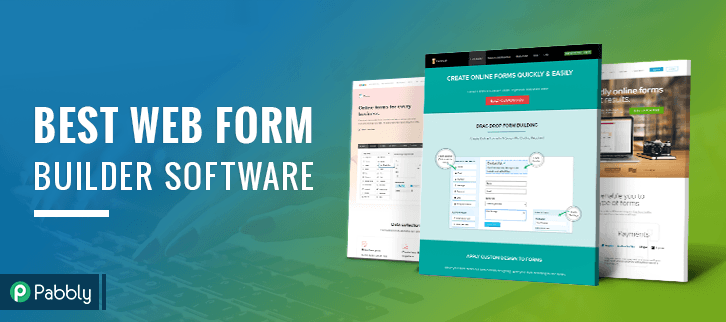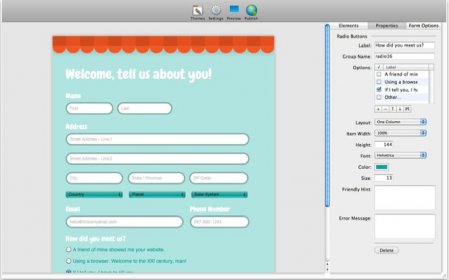

The most important limitation of using custom lists for intake forms and surveys is that they cannot be (easily) shared externally. Survey Web part is a classic web part that is pretty outdated and has limited functionality, and SharePoint Custom List requires that the user has some understanding of SharePoint and how it works. In the past, if you wanted to build a Form, you had to create a custom list in SharePoint or use a Survey web part.Įxample of a Custom List in SharePoint OnlineĮxample of a Survey Web Part in SharePoint (please don’t use it anymore!) It integrates with SharePoint and Microsoft Flow.Results can easily be exported to Excel for further analysis.

It is straightforward to use and build (no need to be a SharePoint guru!).Microsoft Forms is a web-based application within an Office 365 suite that allows users to build quick intake forms and surveys via a very intuitive builder. In this article, I want to introduce you to this beautiful application and advise you on several use cases for it. These entities are used less often.If you happen to click on an App Launcher within your Office 365 suite, you will notice an app called Forms. There are still a number of entities, referred to here as classic entities, that retain the appearance and capabilities from earlier versions. When you use these entities, you can design once and deploy to all clients. Updated entities as well as your own custom entities include support for the Dynamics 365 for tablets client, business process flows, and business rules. With Unified Interface, most entities were updated to better suit the responsive interface. More information: Work with the form editorĭynamics 365 Customer Engagement (on-premises) provides many options for designing forms. While each form type has specific needs, when working with forms you use the Form Editor. Card forms are designed to present information in a compact format that is suitable for mobile devices. Used in views for Unified Interface apps. Used in Dynamics 365 Customer Engagement (on-premises), the Dynamics 365 for Customer Engagement web application, Dynamics 365 for Outlook, and Dynamics 365 for tablets.įor updated entities, these forms provide a basic form optimized for creating new records.įor updated entities, these forms appear within the main form to display additional data for a record that is referenced by a lookup field in the form. These forms provide the main user interface for interacting with entity data. Used in these Dynamics 365 Customer Engagement (on-premises): the Dynamics 365 for Customer Engagement web application, Dynamics 365 for Outlook, and Dynamics 365 for tablets. There are several types of forms: Form type However, if the managed properties for an entity in the managed solution are set to allow customization, you can add or edit forms to that entity. If you’re viewing a managed solution, you can’t create new forms or edit existing forms for entities. In an unmanaged solution, you can edit the managed properties for an unmanaged custom entity that was created for the solution. In the default solution or an unmanaged solution, you can create new forms or edit existing forms for all entities that allow form customization. It's important that the forms people use are designed to allow them to find or enter the information they need efficiently. With Dynamics 365 Customer Engagement (on-premises), forms provide the user interface that people use to interact with the data they need to do their work. For the Power Apps version of this topic, see: Create and design model-driven app forms This topic applies to Dynamics 365 Customer Engagement (on-premises).


 0 kommentar(er)
0 kommentar(er)
